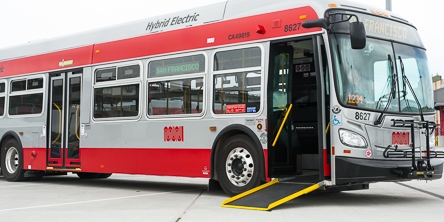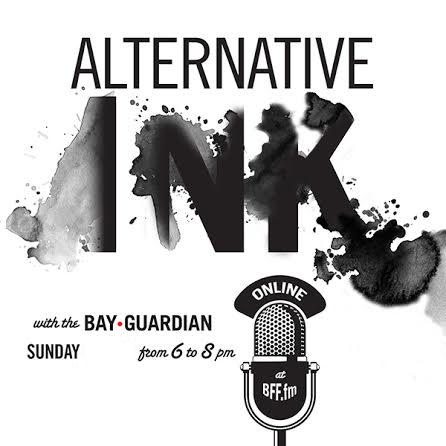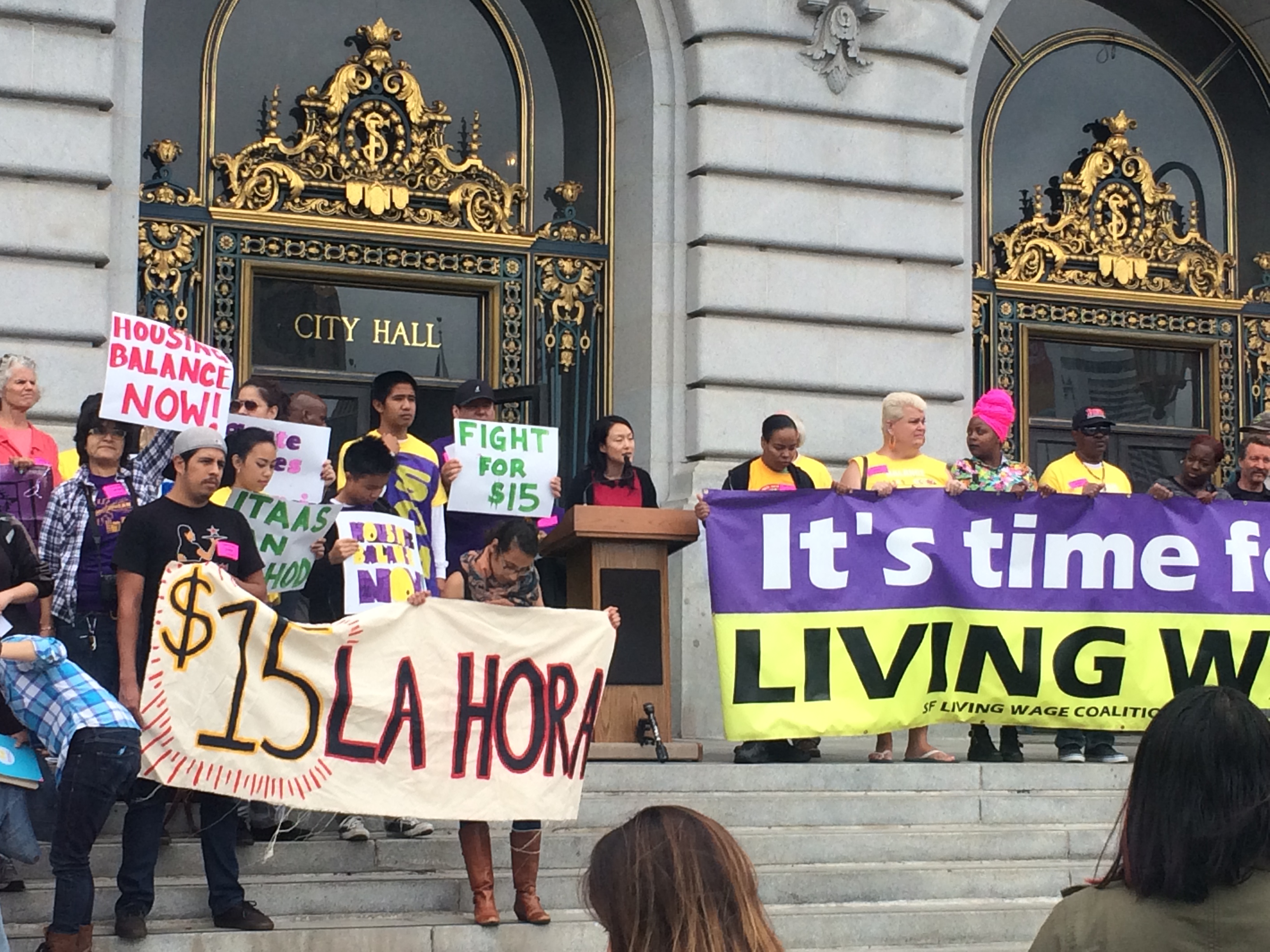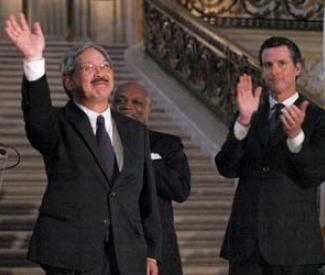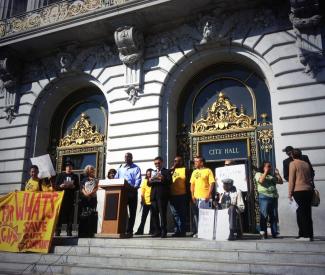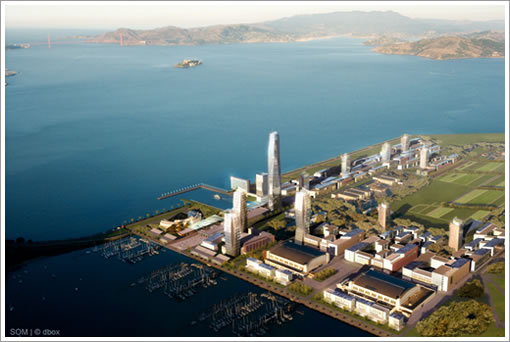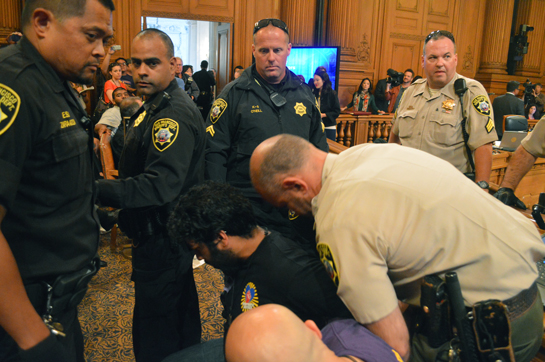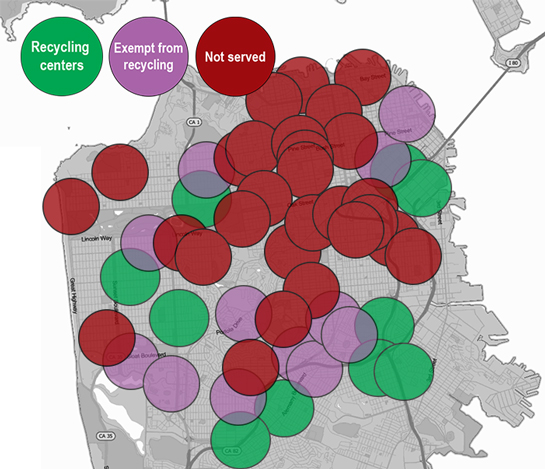joe@sfbg.com
In the small, colorful Precita Valley Community Center, a woman clutches a black ceramic goblet, circling a teenage girl with wisps of incense, and repeats the act with the 60 or so attendees. The spiritual cleansing ritual is much needed. Afterward, the San Franciscans will set their minds to saving the lives of children.
Nearly 50,000 Central American children crossed the Mexican border since October, according to federal data, fleeing targeted violence in Honduras, El Salvador, and Guatemala. This recent surge has hit home, as hundreds of those young refugees, often unaccompanied, seek asylum through immigration courts in San Francisco.
The courts often decide between life and death: Do the children stay in the safety of our sanctuary city, or return to countries from which they fled violence and chaos?
Jose Artiga, executive director of the Salvadoran Humanitarian Aid, Research and Education Foundation, told the crowd a story of life in El Salvador.
“A boy of only 11 years old waited for his grandfather one day,” he said, in Spanish. “A gang captured him, and the community organized to search for the boy. They found the child, but in six parts. The grandfather said, ‘How can I bring my grandchild back to his mother in six parts?’ This was a child. The gang showed up at the funeral, and would not let the community bury him.”
Some say the rising power of gangs sparked this surge in immigration. As President Barack Obama struggles with a bitterly partisan and gridlocked Congress to find a solution, US cities are dealing with the impacts of the overburdened immigration court system.
Now politicians of all partisan stripes, activists, and families are coming together to help the child refugees. Just last week, Sup. David Campos’ resolution to find additional aid for overburdened immigration services unanimously passed the Board of Supervisors. The next step, he told the Guardian, is to determine how best to use funds to help these children.
At the Precita Valley Community Center and beyond, activists call for that funding to reach attorneys, without which these kids will almost certainly be sent home into harm’s way.
OVERBURDENED
The refugees travel far. Children fleeing violence in El Salvador, Honduras, and Guatemala trek through Mexico to cross the US border, and some die in the attempt. Those who live and are discovered by Border Patrol officers along the Southwest border are held temporarily in crowded, cold detention centers in McAllen, Texas, or Nogales, Ariz.
Images of these detention centers show groups of children lying on hard floors in thin blankets, and some advocates for the refugees reported feces and urine soaking the floors. The young refugees tell officials where they have family connections, and are flown to immigration courts across the country.
One such court is in San Francisco.
In 2005, San Francisco had 227 new active deportation proceedings for unaccompanied children, according to federal data obtained by Syracuse University’s TRAC Immigration project. That number was stable until 2012 when it jumped to 450 new cases. In 2013, the number jumped again, to 820.
San Francisco now has over 1,900 pending juvenile immigration cases, according to TRAC. Most of those children are Salvadoran, Honduran, and Guatemalan. The surge is pushing organizations that help these children to the breaking point.
Lariza Dugan-Cuadra, executive director of the Central American Resource Center, knows one thing for sure: “Things have been crazy.”
CARECEN is one of many organizations providing legal representation to Central American child refugees in San Francisco. Two attorneys and two paralegals handle the bulk of cases, which jumped from 20 children a month to 60.
“All a child is given is a court date,” Dugan-Cuadra told the Guardian. “While the US guarantees the right to court, it does not guarantee the right to representation.”
While US citizens have a constitutional right to representation by an attorney, noncitizens in Immigration Court do not. And when organizations like CARECEN can’t provide an attorney, the child loses.
“We’ve heard cases where a 6-year-old will go before a judge having to represent themselves,” she said. “The judges are throwing their hands up saying ‘Are you serious!?'”
Data obtained by TRAC Immigration backs up her claim.
Nationwide, only 52 percent of unaccompanied children are represented by an attorney in deportation court proceedings.
With an attorney, judges rule in a juvenile’s favor to stay about half the time, TRAC’s research found. Without an attorney? Only one in 10 children are granted asylum.
No legal representation means no hope. The ACLU filed a class-action suit against the United States earlier this month on behalf of unrepresented child immigrants, alleging just that.
“The onus has been hard on nonprofit providers and pro-bono attorneys,” Dugan-Cuadra said, because they know the stakes. Legal Services for Children, Catholic Charities, and the Asian Law Caucus are among the organizations calling for more aid.
Many of the attorneys are experiencing burnout. One we talked to was on a vacation for her mental health. Studies by the American Bar Association show judges are burning out too, and things are only getting worse: California has 77,000 pending immigration cases backlogged in its courts.
But locally, the children bear the worst of this: TRAC Immigration’s data shows only 71 of the new 830 unaccompanied children in San Francisco were represented by an attorney as of June 2014.
And without representation, many will be sent home to violence.
REFUGEES OR IMMIGRANTS?
The United Nations Refugee Agency, UNHCR, said the children fleeing Central American countries should officially be considered refugees in need of asylum, a claim with legal ramifications President Obama so far has hesitated to make.
“We’re witnessing a complex situation in which children are leaving home for a variety of reasons, including poverty, the desire to join family, and the growing influence of trafficking networks,” Shelly Pitterman, UNHCR’s regional representative in the United States, said in a press statement. “Within this movement there are also children who are fleeing situations of violence at the hands of transnational organized criminal groups and powerful local gangs.”
Those fleeing violence and persecution, said Pitterman, will require access to asylum determination procedures and will need long-term protection. Others should be sent home, she said, and assisted with reintegration.
But some can’t find refuge anywhere at home, no matter where they go.
“My brother’s son was kidnapped eight years ago by extortionists,” one Salvadoran woman at the Precita center told the Guardian, declining to give her name out of fear for her family’s safety. Her brother moved to other cities, but the gangs continued to harass him and his family in provinces throughout El Salvador.
“He got letters threatening to kidnap his child. ‘We know where you live, we know where your child goes to school,'” she said. Her nephew is now 14. The last time she visited him she saw something that chilled her.
“He was approached by gangs to be recruited. I witnessed that. One day after when we were in the car, my nephew saw the gangs in another car. He hid on the floor and started to shake.”
The woman turned her head away and held back tears.
“My brother said ‘I have to take you out of here.'”
Now her nephew is somewhere safe in the United States, she said, though she would not say where. But the reason he left is clear.
“These kids don’t want to be the next dead body on the street,” Clarisa Sanchez, a Board of Immigration’s representative from Catholic Charities CYO told the Guardian.
Nationally, Republicans are calling for the mass deportation of these children. “I won’t stand idly by while our citizens are under assault and little children from Central America are detained in squalor,” Texas Gov. Rick Perry said this week, as he announced deployment of 1,000 National Guard troops along the Texas border.
But many pin the origins of the crisis squarely on the United States.
DRUG LEGACY
Salvadorans are familiar with violence and cruelty. In 1932, more than 30,000 Salvadorans were slaughtered in a peasant revolt called la matanza: the slaughter. Nearly 75,000 civilians died in El Salvador’s bloody civil war, from 1980-1992.
The US government intervened in that war, sending government aid to the Salvadoran government. Now the US has a hand in today’s violence in Central America, some say, as our country’s drug habits fuel cartels throughout the region. Those cartels are arming Central American gangs, whichObama admitted in a press conference last year.
“The United States recognizes that we’ve got responsibilities; that much of the violence in the region is fueled by demand for illegal drugs, including in the United States,” the president said.
Obama requested $3.7 billion emergency funding that would bring at least $64 million to immigration courts, but also at least $1.5 billion to border security and US Immigration and Customs Enforcement, a troubling addition to needed funding.
Back at the Precita Valley Community Center, Jose Cartagena pled for legal aid at the border. Cartagena is intimately familiar with the need: He fled El Salvador’s civil war over 30 years ago. As he crossed the Tucson desert, 13 of his fellow border-crossers died in the blazing southwestern heat. Only Cartagena survived. Now he’s a representative for the National Network of Salvadorans in the Exterior in San Francisco.
He called for justice.
“We have to help these kids find their families or sponsors,” he said. “If we don’t provide legal support now, the Obama administration may deport all of them. We can’t wait until it’s too late.”
If you’d like to help the efforts around the Central American child refugees, you can contact CARECEN, Catholic Charities, or Superivsor David Campos’ office.

